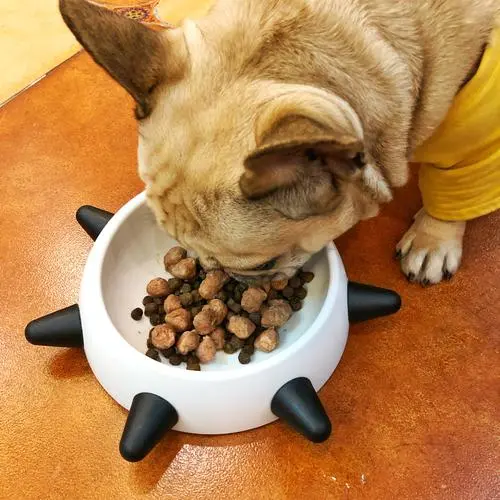Breed Type Defines The Breed
What exactly is a “breed”? Breeds define any group of animals, or even plants, that have related ancestry and are visibly similar in ways that distinguish them from other members of their species.
Each breed has a distinct personality and special skills. New breeds are often made to hone in on these special skills. Scientists and breeders produce special types of dogs that will perform the exact skills humans want, such as hunting, sheep-herding, and more.
You may have heard the term “designer dog breeds” before. These types of dogs are hybrids created by the mating of two established dog breeds. Some common examples include the Labradoodle (Labrador Retriever + Poodle), Chiweenie (Chihuahua + Dachshund), and the Yorkipoo (Yorkshire Terrier + Toy Poodle).
Today, there are more than 400 recognized breeds of dogs in the world. Many have origins dating back hundreds, even thousands, of years. Wherever humans have lived, dogs have lived alongside them performing various tasks. One of the reasons dogs have been such a successful species is that they are so adaptive. They have made themselves useful in so many ways that we kept feeding them, providing shelter, and breeding them.
It is no accident that we have dogs able to hunt, herd, guard, track, and do so many other things at an astounding level. If you bred dogs that were good at certain tasks, you would get offspring that were also good at doing them. The jobs that dogs performed helped humans survive.
Understanding Type
Breed standards are based on breed type. To understand the type of a specific breed, ask yourself:
- Where was this breed developed?
- What health issues does this breed have?
- What was the breed’s purpose?
- Is that purpose the same today?
- What kind of personality, body structure, and coat did it take to do this job?
- What breeds went into developing this breed?
- How do you continue to breed away from health issues but toward type?
- What are the key differences between breeds similar to your breed?
Selecting for Traits Is a Trade-off
Size and proportion are important selection priorities in some breeds and not so important in others. Other traits might include:
- Temperament and intelligence
- Health, longevity, soundness, and hardiness
- Head, eye, and expression
- Color, coat texture, and coat quality
- Tail set and carriage
- Legs and feet
- Fronts and rears
- Reproductive ability
These are not in order of importance, however temperament and health should be high on every breeder’s list.
In summary, if you understand your breed standard and its history behind your breed, you will have a better chance of having puppies that exhibit proper breed type.




